Jyrgalan…The Phoenix of Kyrgyzstan
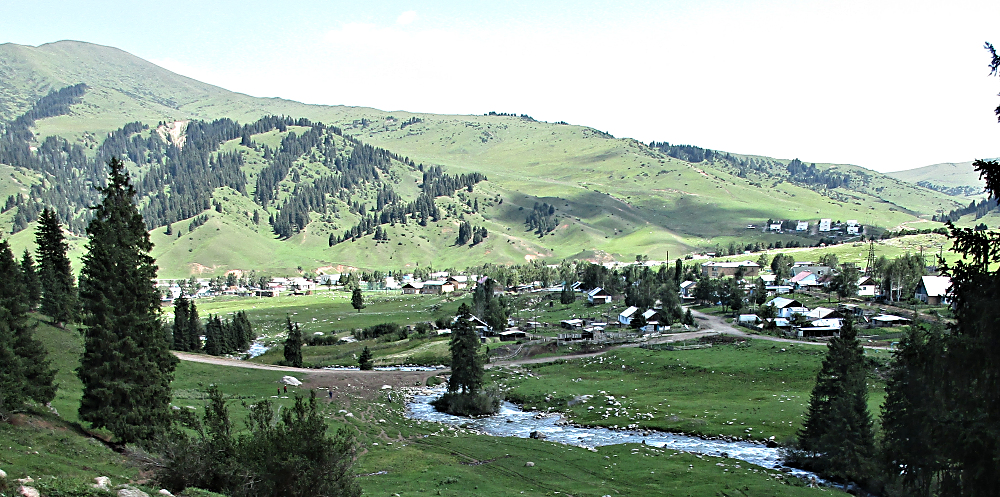
Jyrgalan is the most eastern village in Kyrgyzstan. It is in the mountains at about an altitude of 2260 meters (7400 feet).
As I mentioned in a previous post, Jyrgalan is a community that is developing its tourism potential to attract not only summer trekkers, but also people who enjoy winter activities.
My day hikes into the nearby mountains took me through landscapes that reminded me of my days hiking in the Colorado Rockies—meadows, clear rushing rivers, and the aroma of pine forest.
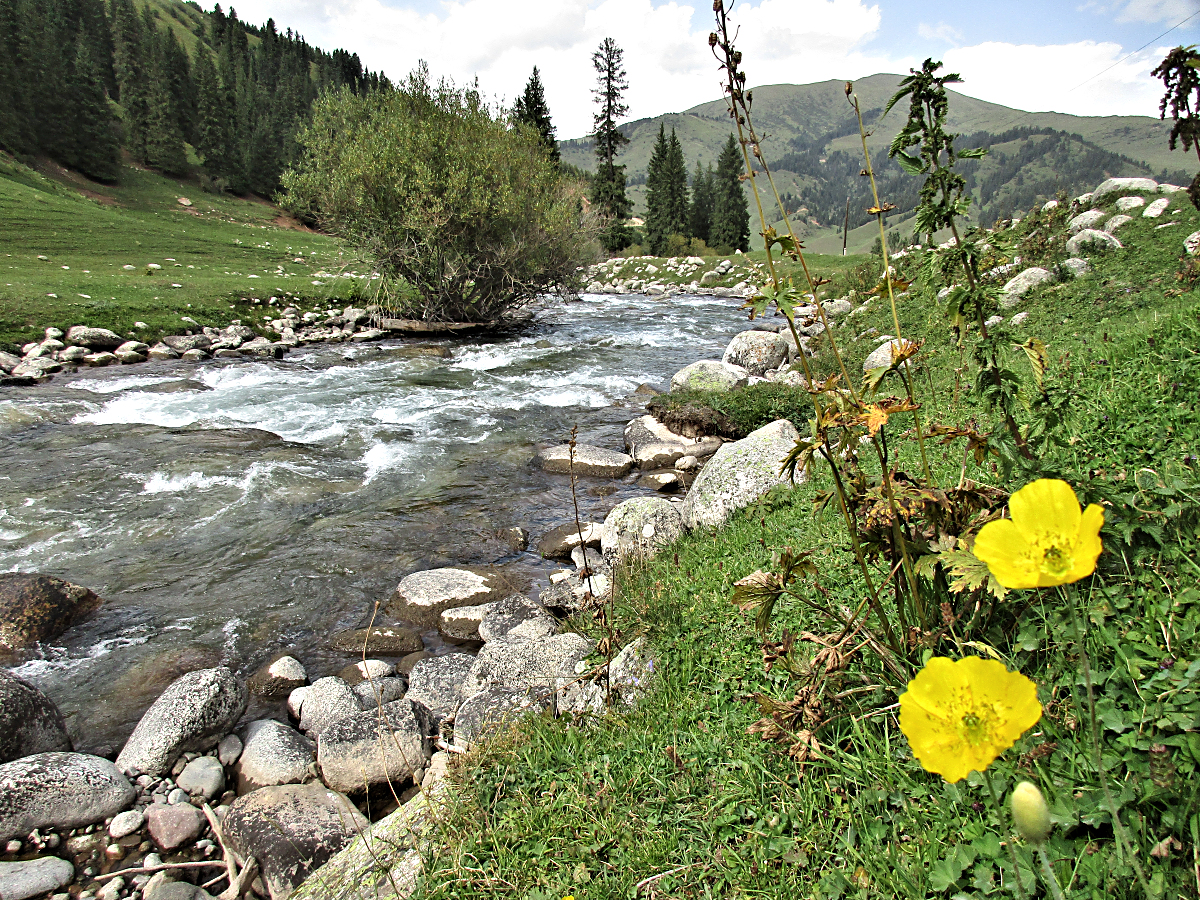
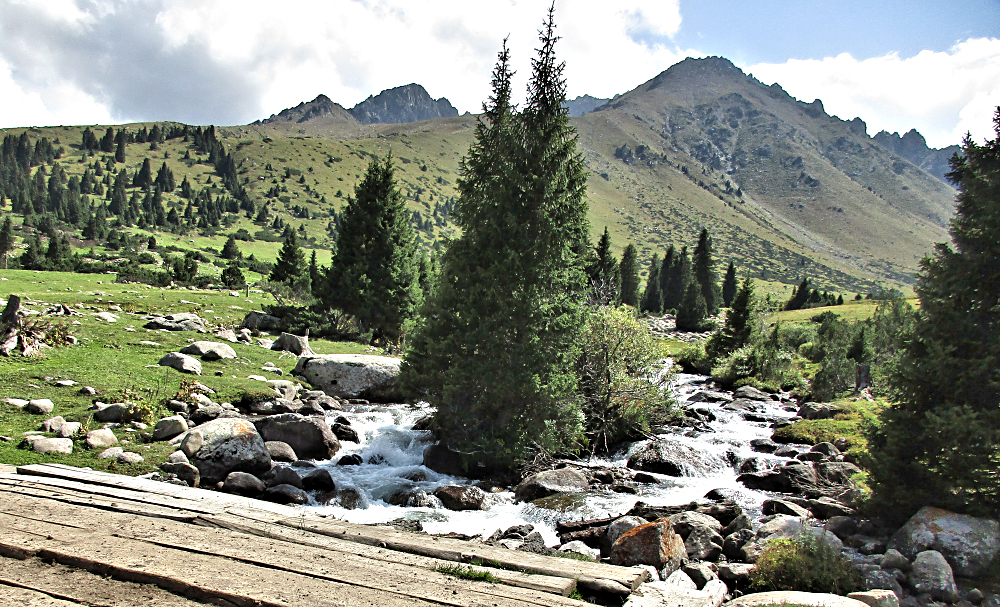
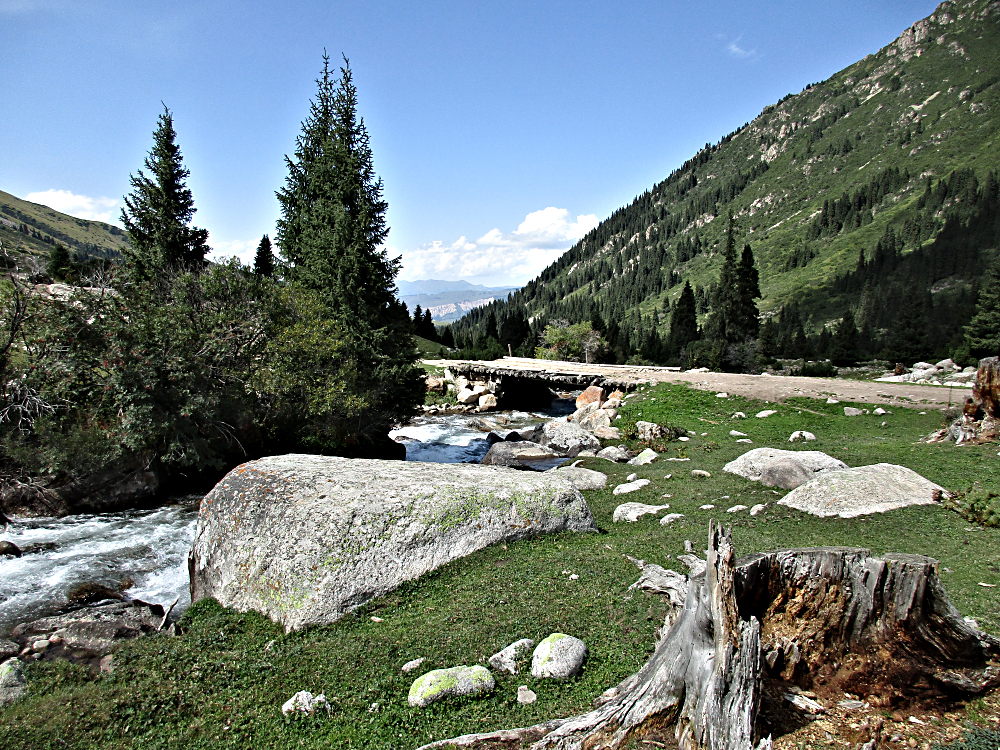
When Kyrgyzstan was still part of the Soviet Union, Jyrgalan was a coal mining town and its economy depended on the mines. When the Soviet Union broke up in 1991, the Russian mine owners pulled out. With no jobs available and their property worthless, the Russians moved away. And, they did something inexplicable, but very common to humans—they burned their homes. The only people left were the ethnic Kyrgyz people, and slowly the village began to die.
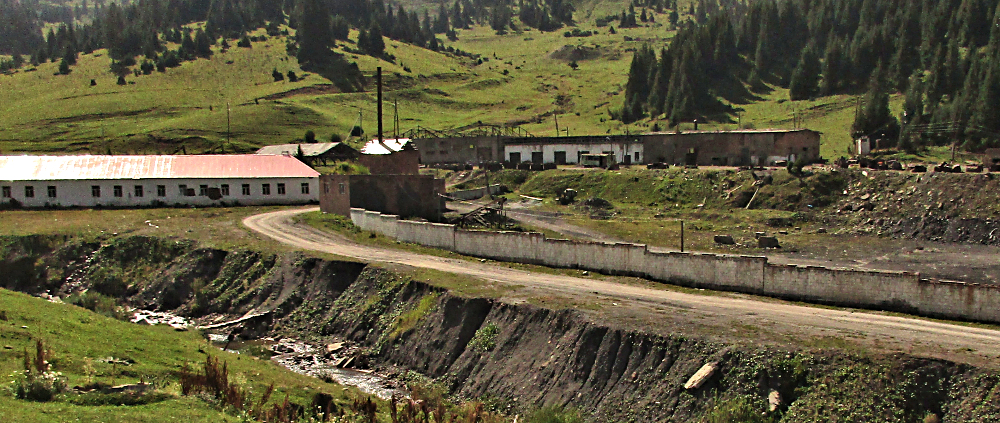
Then in 2016, a group of people, with the help of USAID Funds, began Destination Jyrgalan. The assistance they received included tourism and guide training, upgrade of town infrastructure (like plumbing and wi-fi), and renovations of homes into guesthouses. The idea is to provide an atmosphere and attractions that will draw international travelers.

People built new homes on top of the burned-out foundations the Russians left behind. One guesthouse and the home of the Destination Jyrgalan office, Alakol-Jyrgalan Guest House, has two buildings built atop such foundations—a Phoenix from the ashes!
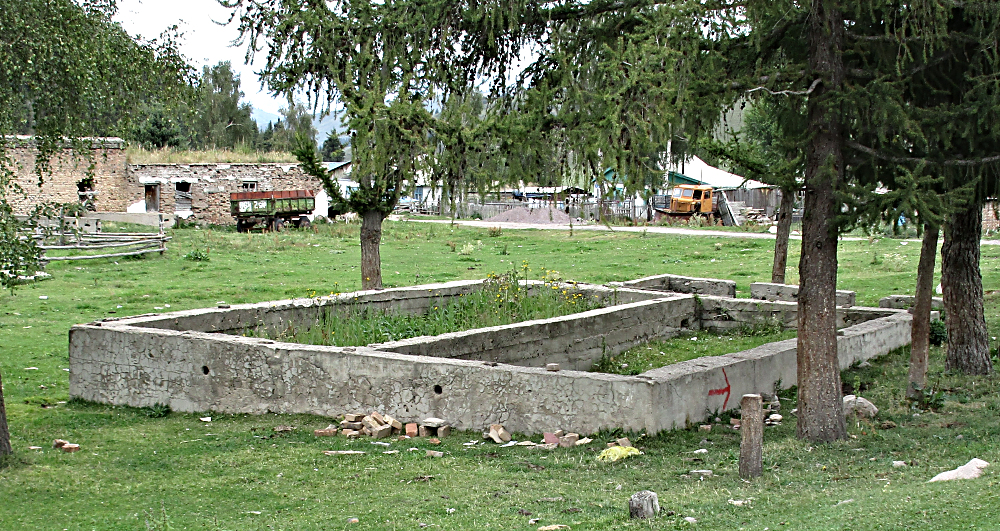
Some residents were brought to the United States to attend training conferences. This summer, Nazira, my host at Salamat Guest House, was sent to Pagosa Springs, Colorado for her tourism training. I wondered if that was because of the similar landscape and tourism possibilities.
As of yet, there are no shops or cafes in Jyrgalan. I am sure that will change someday, but for now everything is provided by your host, including all your meals. If you are going out hiking or horseback riding for the day, she will prepare a box lunch for you. And the food is freshly made and plentiful! Let me tell you from experience, if you are hungry at the end of the day, it is your own fault.
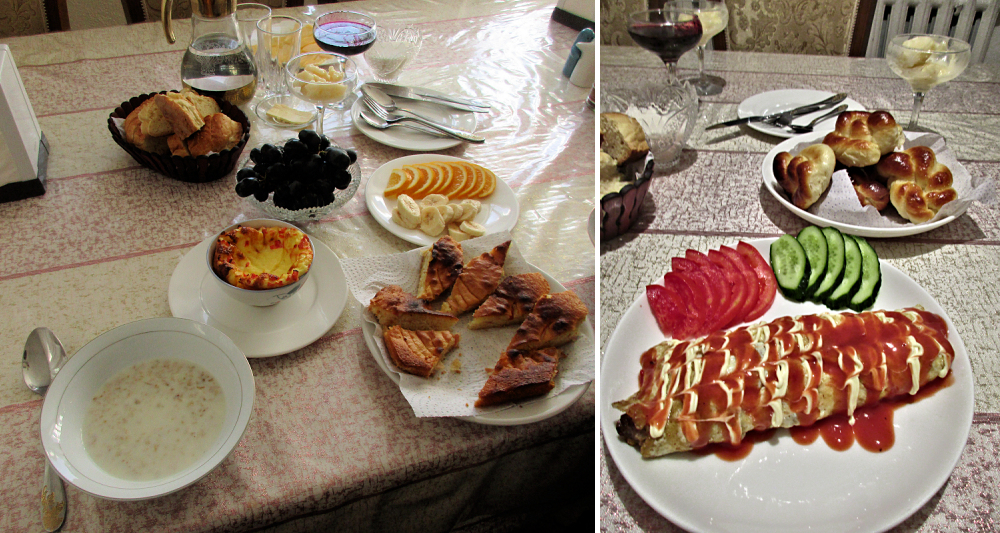
If I found anything to complain about while in Jrygalan, it would be that there was too much food. I finally had to learn that it is okay to leave some food on your plate, which goes against my upbringing! Even though the Kyrgyz traditionally eat a simple breakfast of tea and bread, and that every other meal is very heavy in meat dishes, the hosts have adopted changes so that eggs are available for breakfast and they are prepared to cater to vegetarians.
Families are still tied to their livestock—lots of horses, cattle, and sheep. (No pigs—this is a Muslim culture.) They keep their traditions alive. The young people are put on a horse about the time they can walk. A large herd of mares are milked five times a day in the summer. The fat-tail sheep and cattle are taken up to the high jailoos (grazing lands) for the summer. Many people still live in yurts.
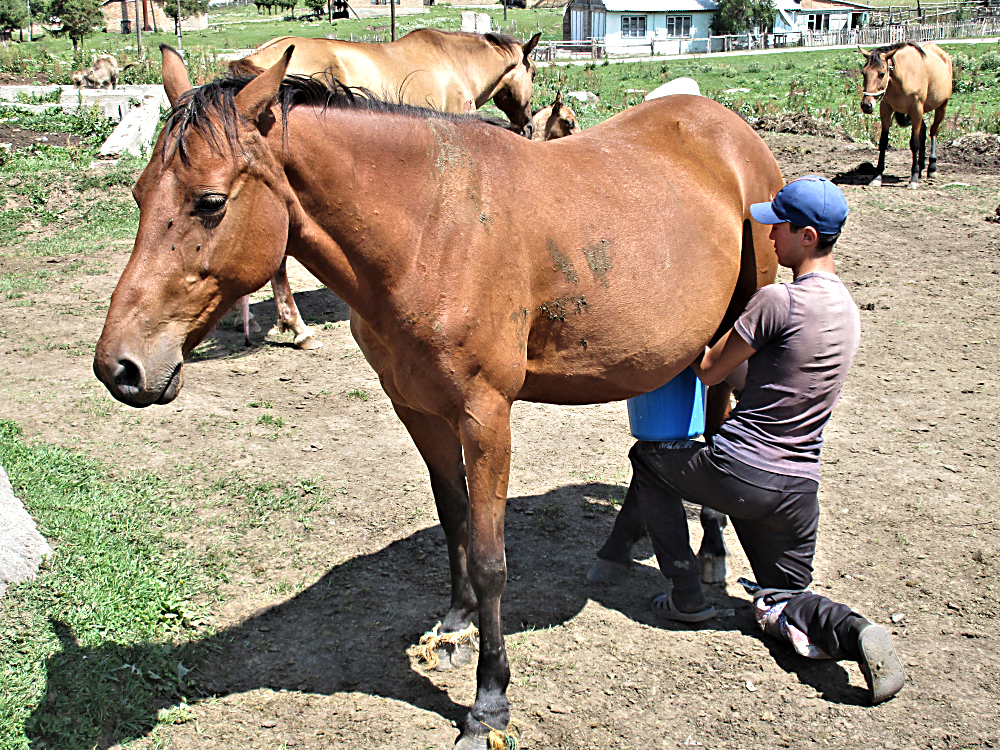
Behind my guesthouse, late each afternoon, the mares are moved from the corral, where they are milked, to their evening pasture, accompanied by their foals. Notice the herder is riding bareback!
It will be a while before Jyrgalan approaches the likes of Pagosa Springs. Frankly, I hope they never become that developed. It is a fine line they walk to hold on to their beauty and traditions, and to find a comfortable economic niche without succumbing to the allure of the almost-inevitable over-crowded tourist destination. It will be interesting to revisit in ten years.
And there is certainly hope for the future. Walking through the streets, the visitor encounters lots of children, smiling and yelling “Hello!” “Hello!” wanting you to talk with them. Children mean young families are staying, not moving where jobs are more plentiful. They are finding meaning in this new/old life. I will hold good wishes for this young Phoenix.
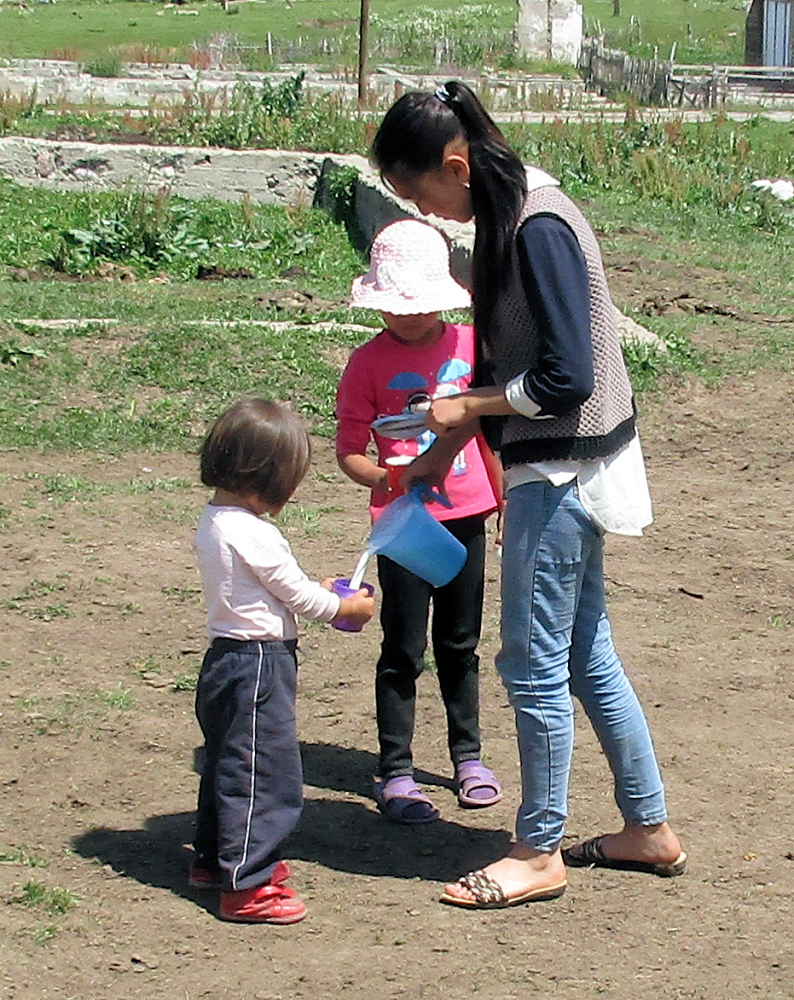
Inspired?
Want to learn more about how I travel?
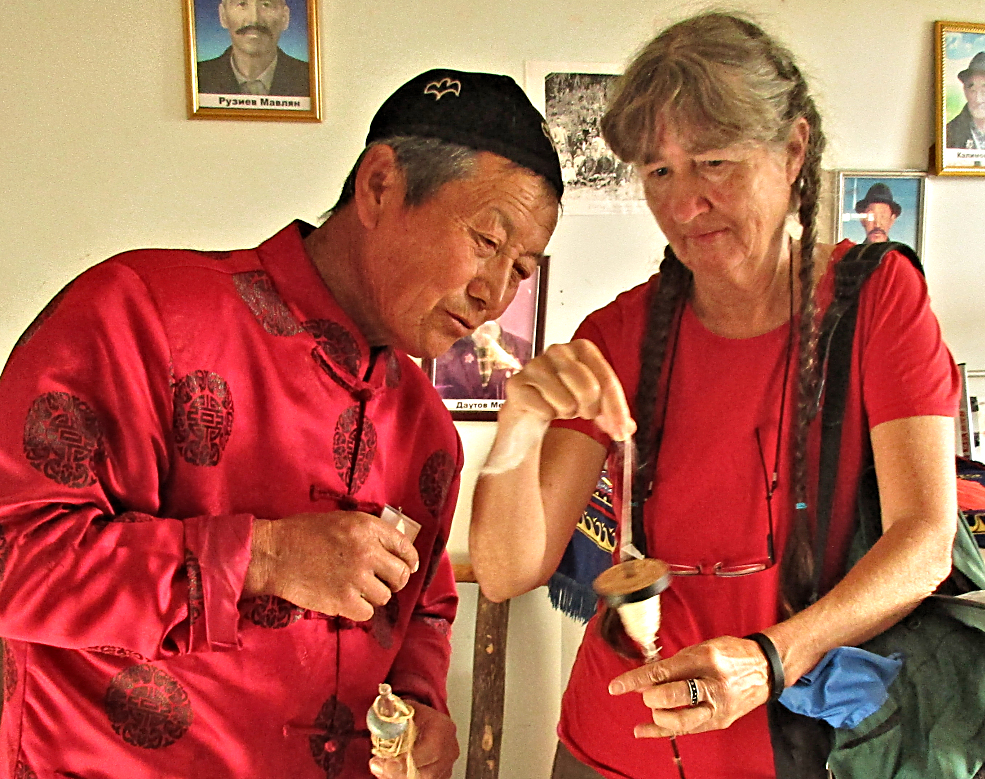
Other Blog Posts You May Find Interesting
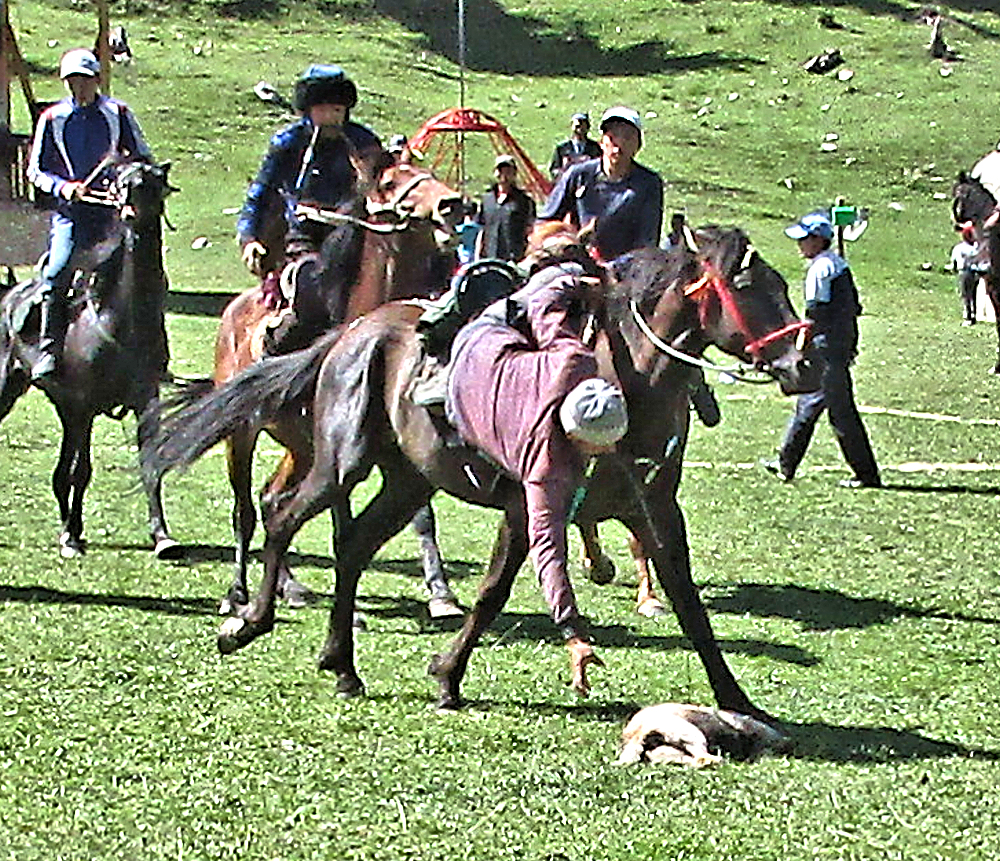
The Jyrgalan Summer Festival: Learning about Kyrgyz Traditions
There were also demonstrations of how ala-kiyiz felted carpets are made, opportunities to taste kumiz, (fermented mare’s milk), and a lunch of beshbarmak with plenty of tea available!
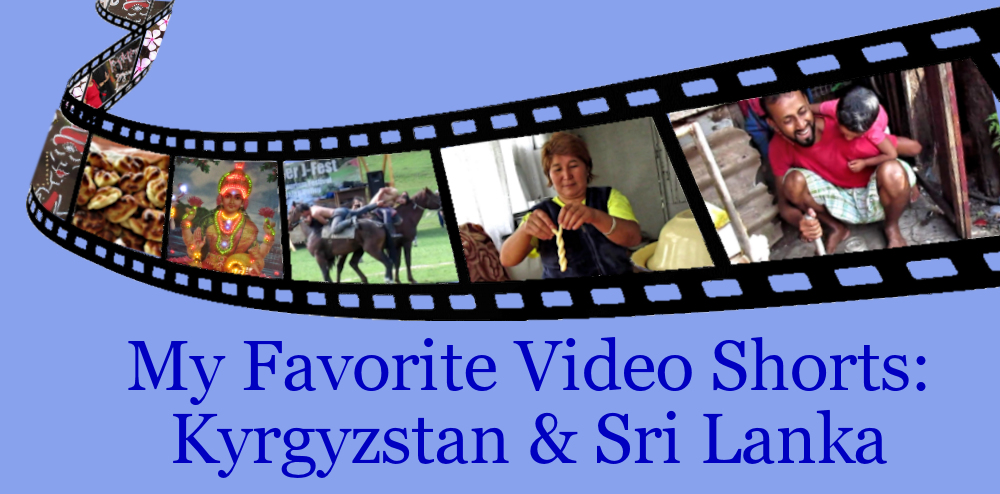
My Favorite Video Shorts I
Two years of travel adds up to a LOT of photographs and video footage. Today, I am going to put together a kind of montage of a few of my favorite very short videos and tell the stories behind them. These were taken in Sri Lanka and Kyrgyzstan.
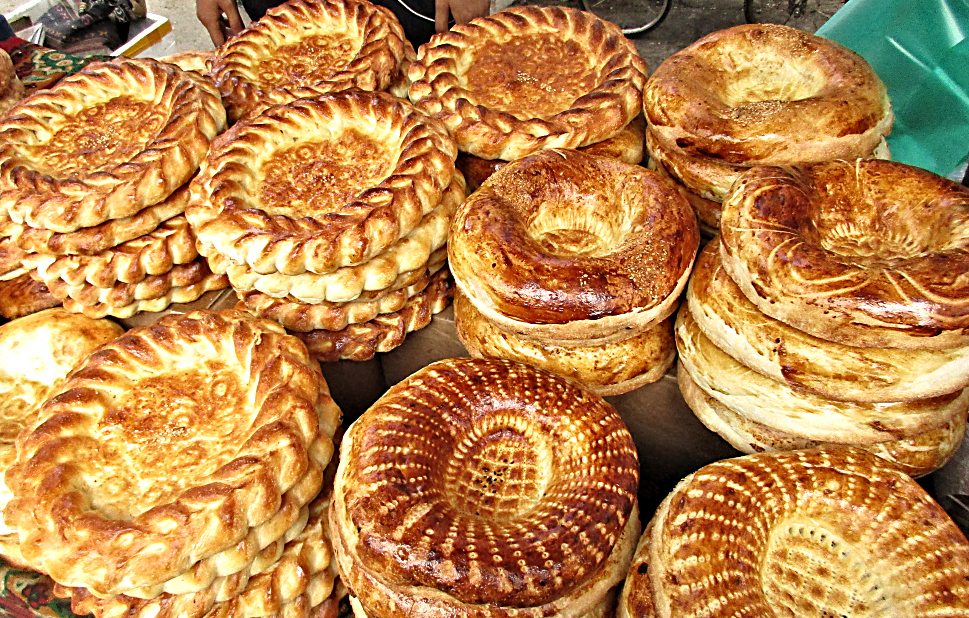
Dealing with Airport Taxi Paparazzi & Strategies for Market Shopping
But before you are legally in the country you must pass through the three trials: immigration, baggage claim, and customs…Then, as soon as you exit customs into the “ARRIVAL HALL,” you face a gauntlet of taxi drivers with the manners of paparazzi.